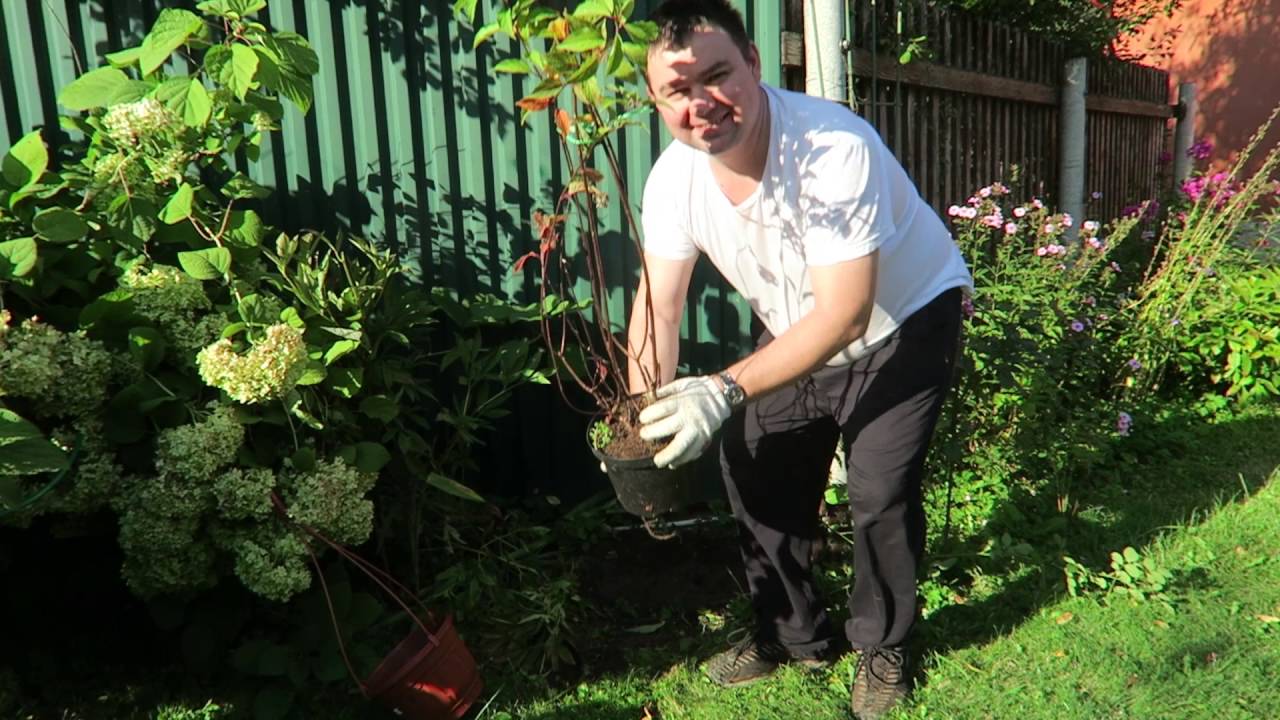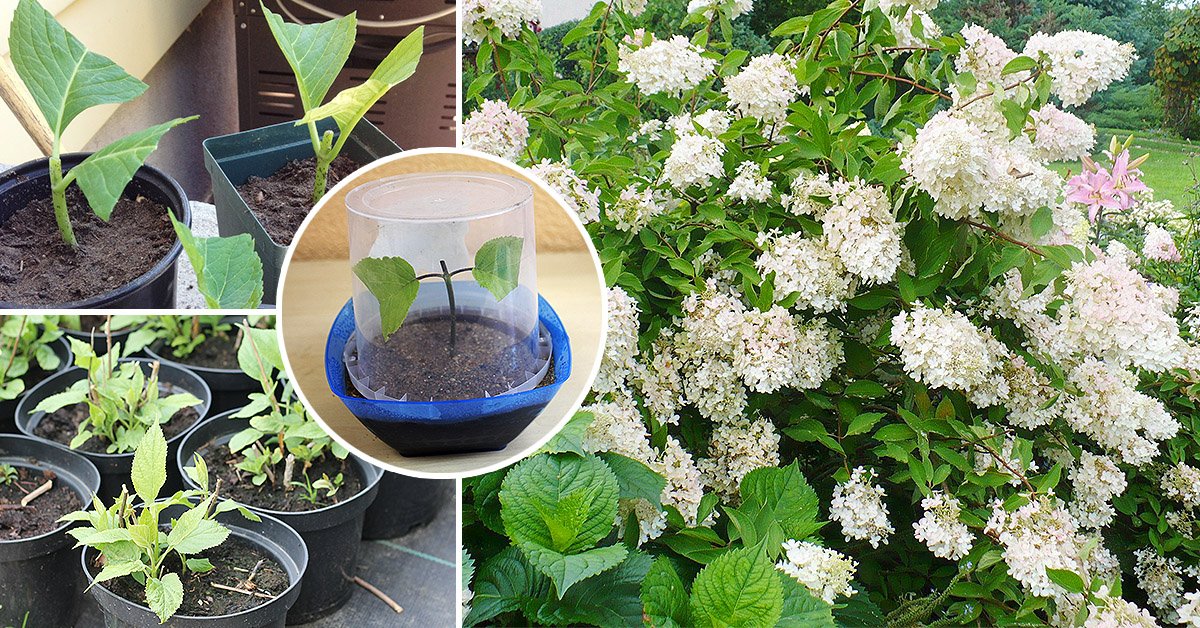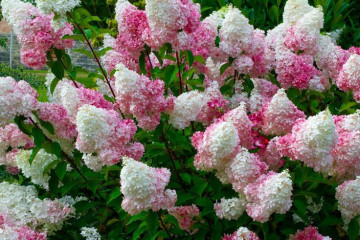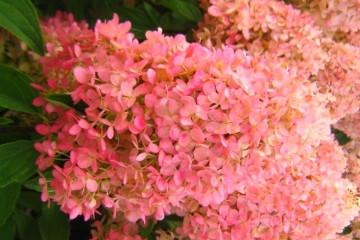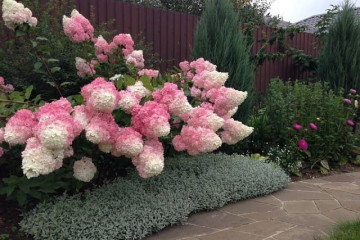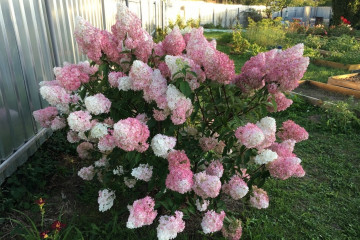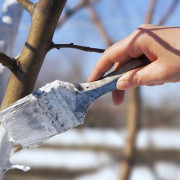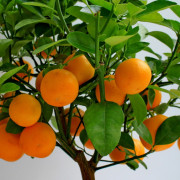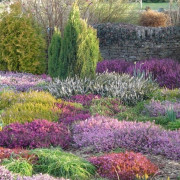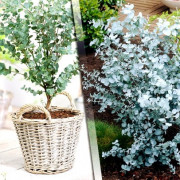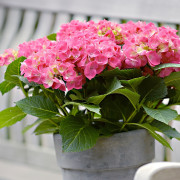Hydrangea Kyushu (Hydrangea Paniculata Kyushu) - description
Content:
Hydrangea Kyushu will delight the gardener with its flowering and decorate the backyard. This shrub fascinates with its snow-white flowers, collected in cone-shaped inflorescences, which look graceful and airy against the background of green foliage. The flower blooms and smells fragrant throughout the summer, so it is preferred to use it for landscape design. More about the Kyushu hydrangea can be found in its description.
Origin
Hydrangea is one of the shrubs that has been known for a long time. It is mentioned in the records of archaeological excavations in Japan, Asia, America, China.
This variety is called Kyushu panicle hydrangea or Japanese hydrangea. In Asian countries, the shrub is called Kiushu Ajisay. The plant got to Europe, thanks to the physician Philip Franz von Siebold in 1829.
The bush has an original fan shape and grows up to three meters in height. In this case, you can form a shrub using pruning. All the sophistication and beauty of the plant appears only after several years of growth.
Description of hydrangea Kyushu
This shrub belongs to the genus of panicle hydrangeas. Moreover, it is deciduous. Any type of soil is suitable for growing it, except for sand. For the comfortable development of hydrangeas, the soil must be acidic and at the same time dry. The plant blooms best in shade or partial shade. Provided it grows in an open area, the bush loses all its color.
The hydrangea kyushu differs from its relatives in the following features:
- The root system of an adult bush in its diameter is much larger than the crown, while it is located in the upper soil ball.
- Hydrangea branches grow straight, have a red-brown bark. The crown can be up to three meters in diameter.
- The green glossy foliage has red cuttings and an elliptical shape.
- White flowers with a strong aroma, collected in cone-shaped inflorescences that grow up to thirty centimeters in height. Closer to autumn, they change their color to slightly pink.
- In place of a large flower, a box is formed, three millimeters in size, with many seeds.
- Hydrangea propagates by seed and cuttings.
- The plant tolerates high frosts and slightly moist soil.
Transplant after purchase in open ground
Transplanting from a pot after buying into open ground should be done only in the spring. The ground should be well thawed and warmed up. In the south of Russia, a plant can be transplanted not only in spring, but also in autumn. For autumn planting, it is important to take a plant with well-developed roots. If the seedlings are young, then they are planted only in the spring.
What is needed for landing
In order for the hydrangea to take over and develop well, first of all, you need to properly prepare the soil. This is done well in advance, namely a week before planting. This is done so that the earth subsides completely. A hole is dug forty centimeters deep, half a meter wide and sixty centimeters long. In the prepared hole you need to put:
- drainage, for which expanded clay, crushed stone or small pieces of brick are used;
- superphosphate;
- fertilizers containing potassium;
- provided that the transplant is carried out in the spring, fertilizers containing nitrogen are used;
- peat must be used to acidify the soil;
- humus is taken from organic fertilizers.
If on the site where you plan to plant the hydrangea, sandy soil, then it is recommended to put a layer of clay.
Choosing a landing site
Hortense Kuishi loves a lot of light, while it is dangerous for her to be in direct sunlight. Under these conditions, the soil dries very quickly, which negatively affects the health of the shrub.
A thick shade is also not suitable for the development of hydrangeas, since in this case you can not wait for the flowers to appear. Based on these caveats, when choosing a footprint, take into account that:
- hydrangea loves a lot of light, so a day for it should last at least twelve hours;
- shrubs should not be planted near trees, since they will compete for water and useful trace elements;
- the branches of the plant are very fragile, so you need to plant it in a cozy place where it will be protected from winds and drafts.
Step-by-step planting process
Planting hydrangeas is done in three ways:
- single;
- as a hedge;
- using the standard method.
In order for the Kyushu hydrangea to be planted in one of these ways, you need to adhere to the correct distance between the planting holes:
- For a single planting method, holes are dug at a distance of one or one and a half meters from one another.
- For a hedge, holes are dug at a distance of seventy or ninety centimeters.
- If you use a stem, the distance between plants should be at least two meters.
In the process of planting, it is necessary to trim the ends of the roots. This procedure will serve as a stimulant for active growth and development. In addition, when planting a flower in the spring, young shoots are cut, leaving only three or four buds.
For planting material, you need to sprinkle the root collar to a depth of two to three centimeters. After the root zone begins to water, the soil will be compacted, and the neck will be at the desired level from the surface. The root zone must be mulched. For this, the following materials are used:
- peat;
- wood shavings;
- needles;
- walnut husks;
- straw.
The mulch layer should be at least ten centimeters.
Breeding Kiushat
Hydrangea reproduces in three ways:
- seed;
- cuttings;
- layering.
In order to get several new ones from one bush, it is important to know how to propagate the plant correctly, in more detail.
Cuttings
Cuttings can be directly planted in the soil. For this method, it is recommended to remove a few lower leaves and shorten the remaining ones in half. The seedling must be covered with a glass container to create greenhouse conditions for it. When roots form on the handle, the jar is removed. During the rooting process, the plant must be regularly ventilated. Also, don't forget about watering.
Growing from seeds
To sow seeds, you first need to prepare the soil. To do this, take in a ratio of 4: 2: 1 land, peat and sand. Then the mixture is leveled and the seeds are sown. Sprinkle them with a small layer of the remaining mixture and pour them with warm water.After that, the sowing vessel is covered with cling film to create greenhouse conditions.
In the process of seed germination, it is necessary to regularly moisten the soil. The first shoots will appear only after a month and a half. As soon as the cotyledon leaves grow, the seedlings need to be dived. Re-pick should be done in the phase of three or four leaves. It is during this period that the sprouts must be planted in separate small pots.
After that, the seedlings need to be taken out into the yard to harden them. Drafts should be avoided during the hardening process, and the pots should not be exposed to the sunny side. Thus, the plant must be grown for two years. After that, the flower is planted in open ground. Only a three-year-old hydrangea can be planted in the place chosen for its constant growth and flowering.
Care
In order for the hydrangea to feel good, grow actively and bloom magnificently, it is necessary to adhere to the rules of caring for the plant.
Watering mode
For a shrub, it is important that the soil is always moist, while you need to ensure that liquid does not accumulate near the root system and does not provoke root rot. In addition, the soil under the hydrangea should not be dry. This negatively affects the health of the shrub. Watering is done in moderation, but at the same time regularly. Watering the flower in the morning, this contributes to the fact that moisture does not evaporate quickly, and the plant does not get burned.
Top dressing
Infusion of green nettle, mullein and mineral fertilizers are used as dressings for hydrangeas. The plant is fed every half a month.
During flowering
During the flowering period, it is necessary to regularly weed the ground in the root zone and water it in a timely manner. Mulching will help to facilitate the performance of work.
During the rest period
In order for the plant to bloom profusely and fragrant, it is pruned. Most often, this procedure is carried out in the autumn. Spring pruning is done before leaves begin to appear on the shrub.
Preparing for winter
Closer to winter, the hydrangea bush should be gradually stopped feeding. In the fall, they stop watering it. Immediately before the beginning of winter, the plant is cut off and its root zone is covered. Old shrubs are covered with dry leaves and branches for the winter. Young hydrangea must be wrapped in agrofibre and insulated.
Every gardener wants a hydrangea to smell sweet on his backyard. Following all the rules of care, you can admire the lush flowers of the plant.
Video

